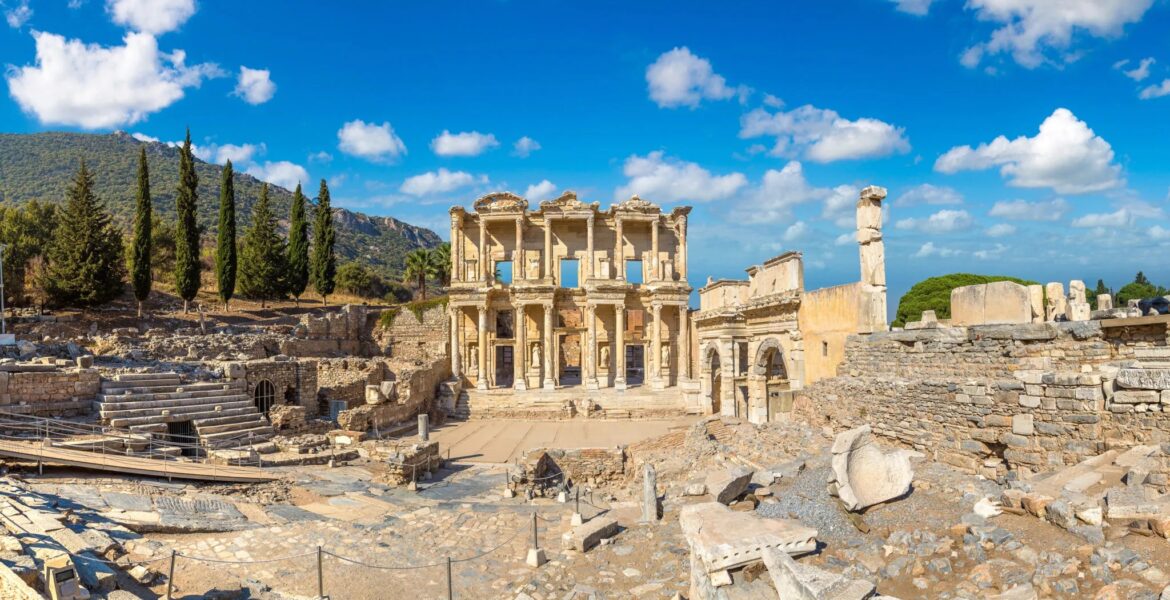There is no doubt that Ephesus is one of the best-preserved ancient cities in the world. Declared a World Heritage Site by UNESCO only in 2015, ancient Ephesus associated its name with technological marvels, knowledge and architectural grandeur that, centuries after the city's desolation, still inspire admiration and awe.
Built at the crossroads between West and East, Europe and Asia, ancient Ephesus very quickly became the trading centre between different ancient worlds. Egyptians, Persians, Medes, Lydians and Greeks tried to dominate the city that played a decisive role in the history of antiquity as we know it today.
The current archaeological site of Ephesus, a remnant of the famous ancient city that many archaeologists believe is the oldest Greek city in the Mediterranean, is only 3 kilometres from Smyrna (Σμύρνα, Turkish: İzmir).
The city's history goes back to prehistory, with archaeologists having discovered six layers of habitation, the same time that in the Greek area, the corresponding number barely touches two.
It seems that Ephesus became so well known in the Mediterranean world that even the Egyptian Pharaohs sent delegations and gifts to the Ephesians asking for their favour, while the Persians often besieged the city until they finally managed to make it theirs at some point. The result was to create one of the world's first and most famous multicult societies.
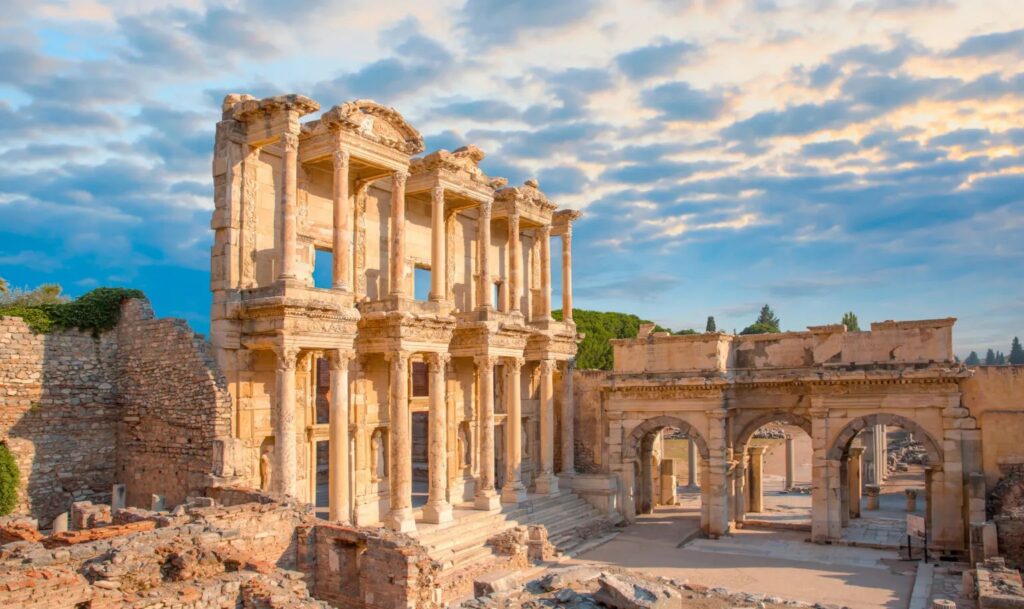
Library, Artemisium, Theatre - what else is Ephesus not famous for? Even if history wasn't your forte at school, you've undoubtedly heard something about the legendary library of Ephesus, which, even before the creation of the Library of Alexandria, was the largest and most important library of the ancient world.
Although we have no idea of the number of papyri and scrolls it possessed, we do have a small idea of what the library must have looked like as a building.
Austrian and British archaeologists managed, after excavations of a century (and more), to restore part of the facade of the building by studying the findings of the archaeological site and the result. An impressive restoration of the facade of the building is said to have been deliberately turned to the East to allow readers to study by taking advantage of the natural light.
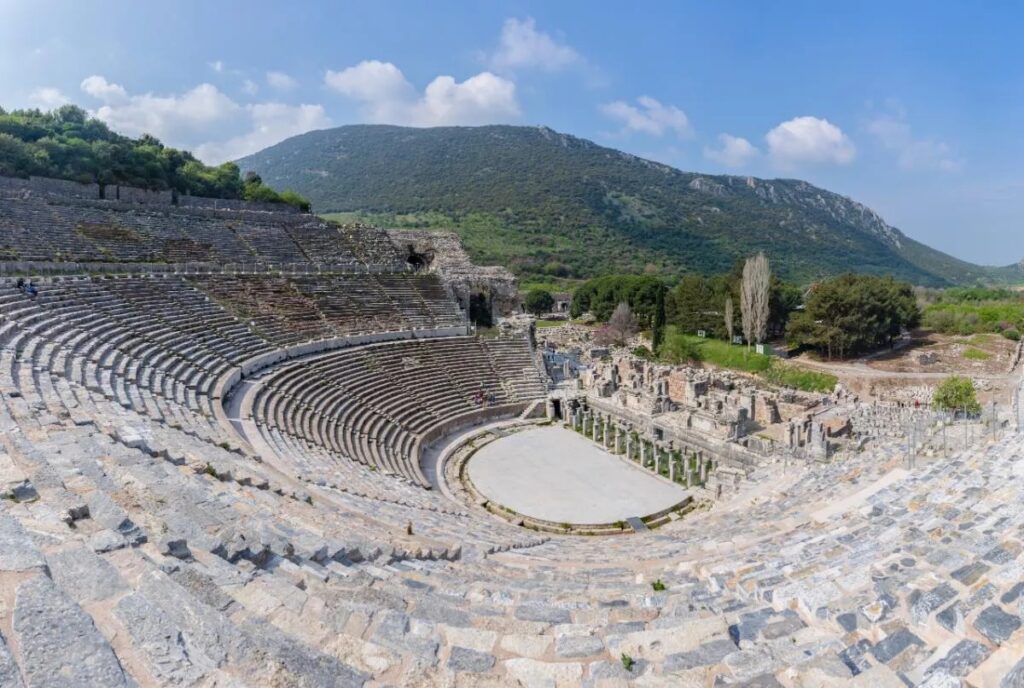
Unfortunately, however, the legendary Artemisium, the huge sanctuary of Artemis that dominated the city, is not preserved in the slightest and only some scattered foundations here and there are the only memories of a temple that stole the impressions of ancient travellers and travellers.
Of course, the historical sources speak of a gigantic temple that operated 24/7 with some mysterious priests and priestesses who did not allow anyone to witness the ceremonies in honour of Artemis, and thus, it is not at all surprising that this vanished temple is without a doubt one of the seven lost wonders of the ancient world.
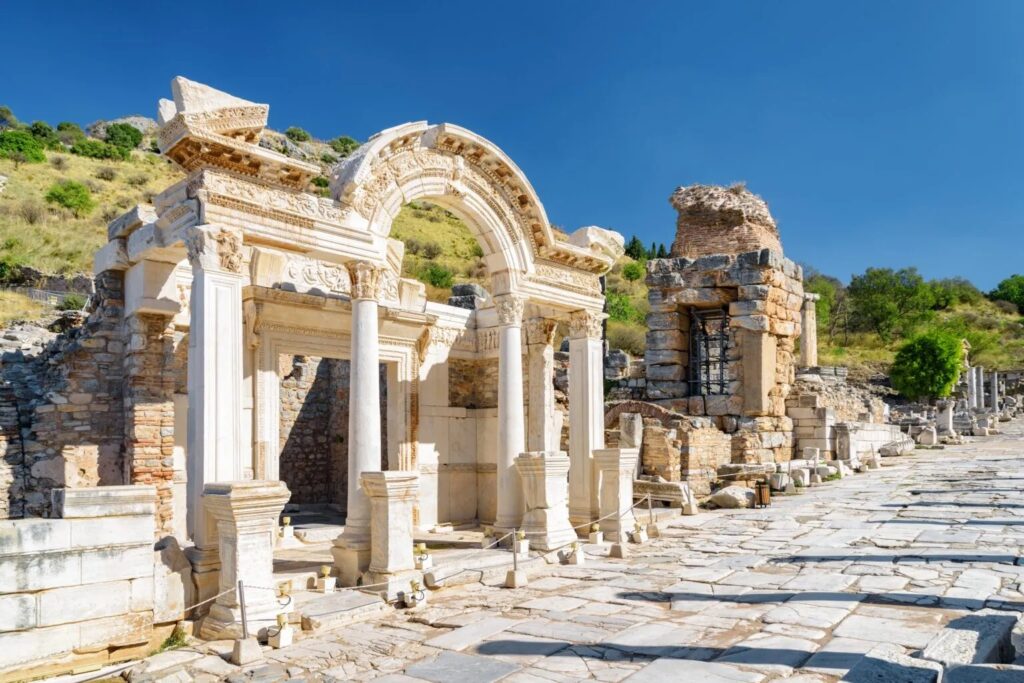
Otherwise, walking the streets of ancient Ephesus, you can get a taste of what life was like in an ancient city that flourished in antiquity, survived intact in the Roman era and experienced an absolute decline in the early years of Christianity.
Although Ephesus gained so much prestige that it became one of the infamous seven cities of the Apocalypse, it experienced an unprecedented decline that led to its final end. The downstream river that was the city's touching point with the rest of the world was sealed by centuries of embankments, resulting in the ancient city being blocked from access to the sea and slowly losing its population.
When the Apostle Paul sent letters to the Ephesians, he was actually addressing a small village of a few inhabitants that had nothing to do with the famous ancient city that a few centuries earlier was synonymous with ancient luxury.
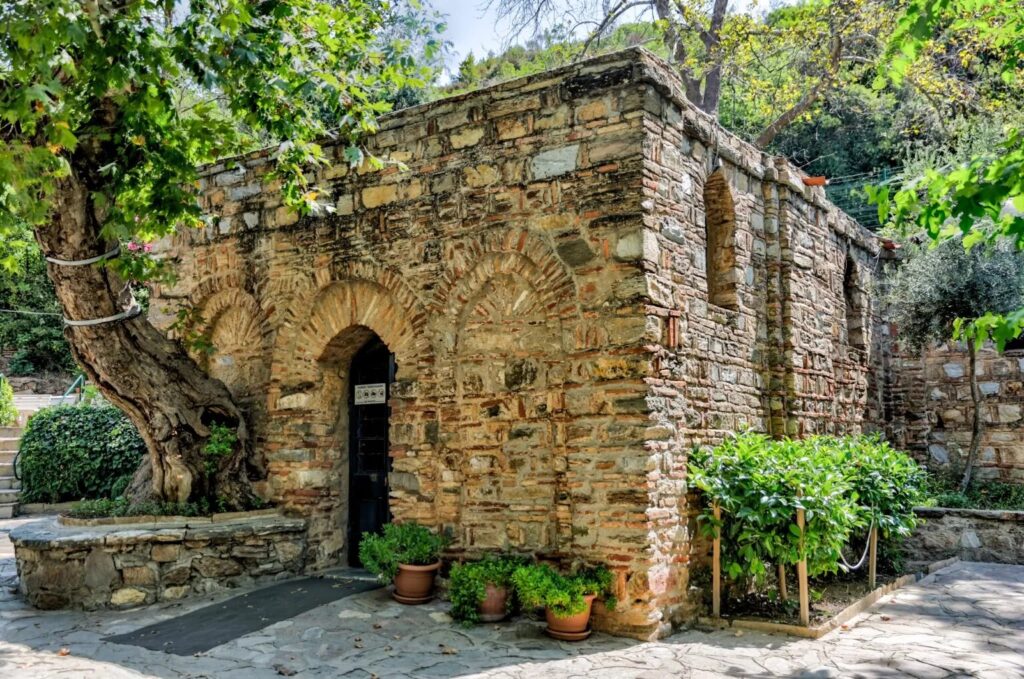
Finally, if you ever visit Ephesus, don't miss visiting the House of the Virgin Mary, a small chapel owned by the Catholic Church that is believed to have been the last residence of the Virgin Mary before she ascended into heaven, according to Catholic tradition.
In fact, the chapel is known not only in the Catholic church because it is a well-known pilgrimage for Catholics but also among many Muslims who visit the site.
READ MORE: Aigai: Impressive photos of the restored palace where Alexander the Great was crowned king.

